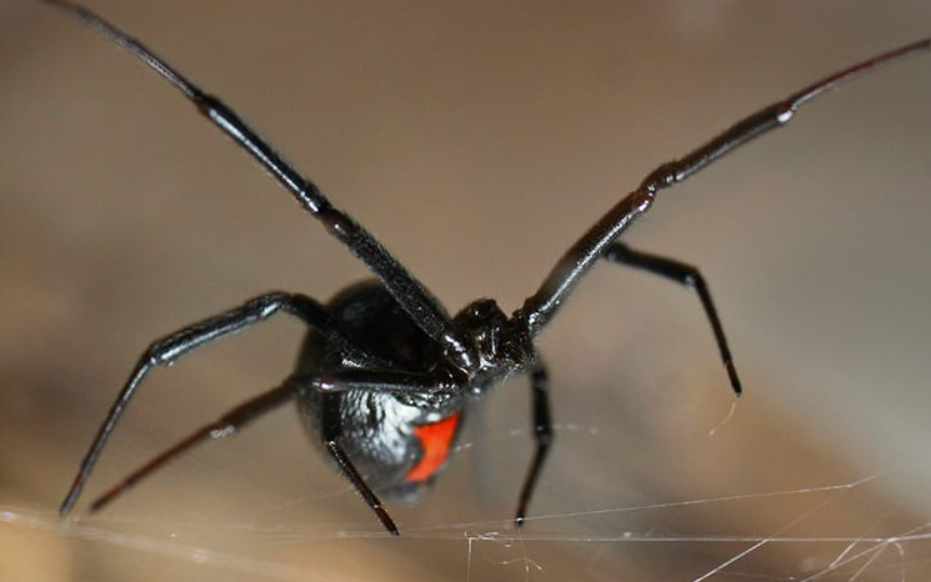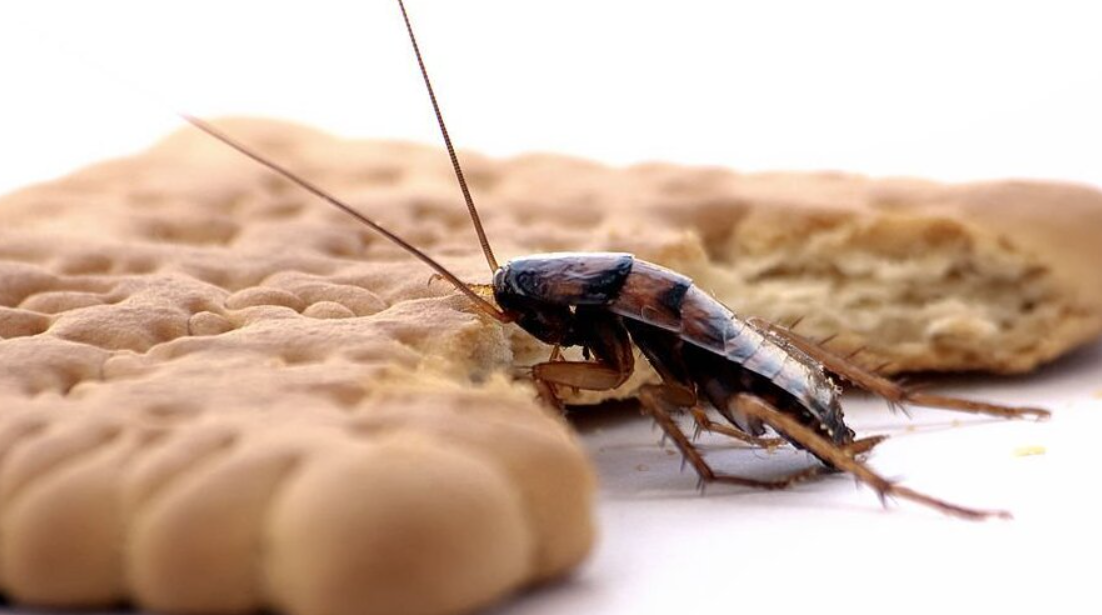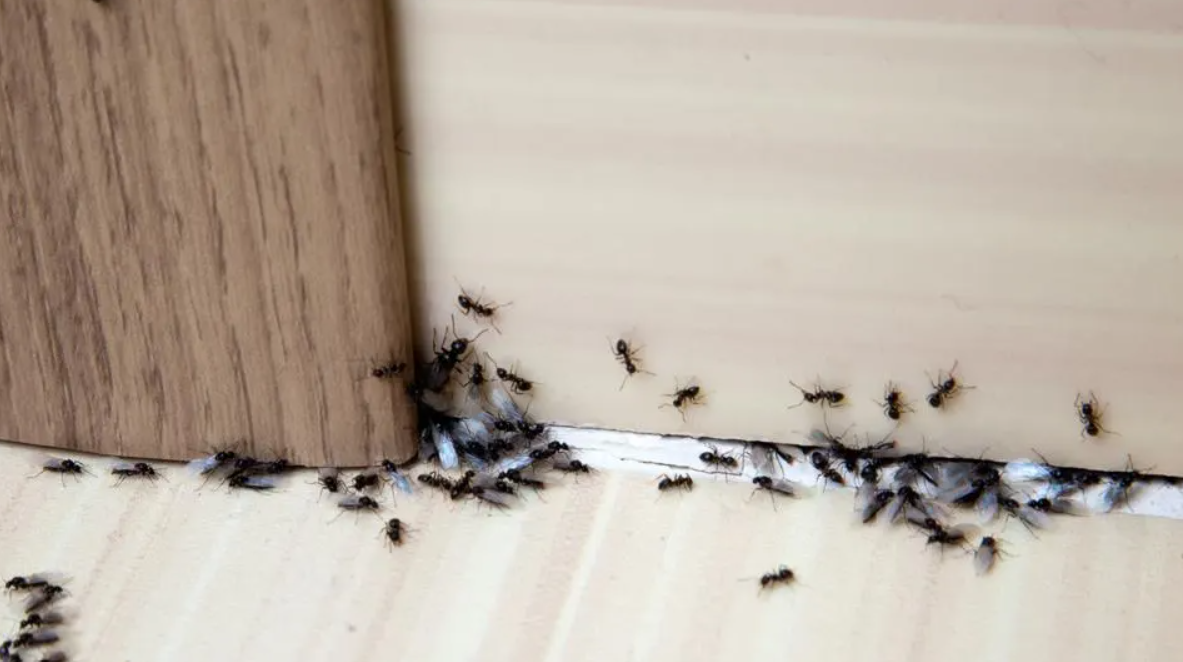Conquer Your Pest Problem
Conquer Common Household Pests with These Expert Tips
Coping with household pests can induce frustration and stress in any homeowner. From pesky insects to unwelcome critters, these intruders can quickly make themselves home in your living space.
We have expert tips to help you conquer common household pests. We explore where these pests come from, how to prevent them from entering your home, natural and DIY pest control methods, when to call a professional exterminator, and how to prevent future infestations.
Discover how to keep your home pest-free!
The Most Common Household Pests
Household pests are a common issue homeowners face, ranging from bothersome insects like ants and cockroaches to more severe problems with rodents such as mice or rats. Dealing with an infestation can be challenging, and identifying the behaviour and habits of these pests is crucial in devising a targeted eradication plan. Ants, for example, are drawn to food sources and warm, moist areas, making kitchens and bathrooms prime targets.
Conversely, cockroaches are adept at hiding in cracks and crevices, emerging at night to scavenge for food.
Rodents like mice and rats can chew through walls, wires and insulation, posing a nuisance and a risk of structural damage. Prompt action is essential to prevent these pests from multiplying and causing further problems.
What Are They and Where Do They Come From?
Household pests come in various forms, each with distinct behaviours and habitats. Common pests like ants may enter homes for food, while rodents like mice often seek shelter and warmth during colder months. Understanding the biology and behaviour of these pests is crucial in effectively managing infestations.
Ants are social insects that leave pheromone trails to communicate and navigate, making them adept at locating food sources.
On the other hand, mice reproduce rapidly, with a single female capable of producing up to 35 offspring in a year, escalating infestation levels.
The life cycle of pests significantly impacts their presence in homes, as prolonged warm weather can lead to increased breeding rates, amplifying the number of pests infiltrating households.
Preventing Pests from Entering Your Home
The key to maintaining a pest-free environment lies in preventing pests from infiltrating your home. Effective pest control techniques and safety measures can help safeguard your household against potential infestations. Taking proactive steps can create a barrier that deters pests from infiltrating your living space.
One fundamental strategy for keeping pests at bay is sealing entry points such as cracks, gaps, and holes in walls, windows, and doors. Regularly inspecting and repairing these openings can significantly reduce the chances of pests finding a way inside.
Maintaining cleanliness through proper food storage, regular rubbish disposal and decluttering can eliminate attractants for insects and rodents. Employing pest-proofing measures like installing door sweeps, mesh screens, and sealing gaps around utility pipes can further fortify your home’s defences against unwanted intruders.
How to Keep Your Home Clean and Unattractive to Pests
Maintaining a clean home is essential in deterring pests, as clutter and food residue can attract unwelcome visitors. Regular cleaning and proper living space maintenance can help eliminate factors that entice pests, making your home less appealing for infestations.
Incorporating daily routines like promptly cleaning spills, utilizing airtight containers for food storage, and regularly disposing of rubbish prove to be straightforward yet impactful methods in deterring pests from locating sources of sustenance within your home.
Sealing cracks and crevices in walls, doors, and windows can block common entry points for insects and rodents. Incorporating these practices into your routine creates a less hospitable environment for pests, reducing the likelihood of infestations in the long run.
Sealing Entry Points and Keeping Your Home Secure
Sealing entry points and securing your home against potential pest invasions is crucial to pest prevention. By identifying and sealing off access points that pests may use to enter your living space, you can fortify your home against unwanted intruders.
Inspect your home thoroughly for cracks in walls, gaps around windows and doors, and openings near plumbing fixtures and vents.
Use caulk, weather stripping, and wire mesh to seal these areas effectively.
Remember, maintaining a secure environment not only keeps pests out but also enhances household safety by minimising potential entry points for other intruders.
Implementing these sealing techniques ensures short-term relief and offers long-term benefits by reducing the risk of structural damage and health hazards caused by pests.
Identifying Pests and Their Habits
Identifying pests and understanding their habits is essential for effective pest control. By recognising the signs of different pests and learning about their behaviour and biology, homeowners can take targeted actions to address infestations and prevent future pest problems.
Common household pests can be identified through physical characteristics like size, colour, and markings. For example, termites have pale bodies, ants have segmented bodies with elbowed antennae, and cockroaches are typically dark brown or reddish-brown.
Understanding pests’ nesting preferences is equally crucial. Rodents, for instance, prefer nesting in dark, secluded areas near a food source, while bed bugs are commonly found in mattress seams and upholstery.
Knowing these details allows homeowners to implement tailored pest management strategies for efficient control and prevention.
What Do They Look Like and Where Do They Hide?
Household pests vary in appearance and hiding spots, making it crucial to identify them accurately. From tiny insects that lurk in dark corners to rodents that nest in secluded areas, understanding where pests hide can aid in effective pest control measures.
For example, cockroaches are often found in warm, humid environments such as kitchens and bathrooms, hiding in cracks and crevices. On the other hand, ants like to make their homes near food sources, so they may be spotted in larders or around crumbs. Termites tend to target wood structures, so inspecting basements and lofts for mud tubes or wood damage is essential. Bed bugs prefer mattresses and soft furnishings, leaving tiny blood stains or dark spots behind. Regular inspections and cleanliness can help detect pests before they become a larger problem.
Natural and DIY Pest Control Methods
Exploring natural and DIY pest control methods can offer homeowners effective solutions for managing pest problems without relying on harsh chemicals. Various eco-friendly approaches to repelling pests exist, from household items like vinegar or bicarbonate of soda to setting up traps and barriers.
One popular DIY method involves creating a natural pest spray by mixing equal parts of water and vinegar in a spray bottle. This solution can deter ants, flies, and even spiders. The strategic placement of cinnamon or cayenne pepper around entry points also serves as a deterrent against invading pests.
Another effective homemade remedy is a combination of peppermint oil and water, which can be sprayed near windows and doors to repel insects. These natural alternatives not only control pests but also ensure the safety of your family and pets.
Using Essential Oils and Other Household Items to Repel Pests
Harnessing the power of essential oils and natural repellents can be a safe and effective way to keep pests at bay. Homeowners can deter pests by creating DIY solutions using household items like vinegar, lemon, or peppermint oil without resorting to harsh insecticides.
These natural ingredients are environmentally friendly and provide a pleasant aroma to your living space. For example, a simple repellent spray can be made by combining water with a few drops of lavender or eucalyptus oil, creating a refreshing scent while keeping bugs away. Sachets filled with dried lavender or cloves can be placed in wardrobes or chests of drawers to ward off moths and other insects. Incorporating these natural repellents into your pest control routine allows you to effectively manage unwelcome visitors without compromising your health or the environment.
Creating Traps and Barriers to Keep Pests Away
Setting up traps and barriers can be an effective method of controlling pests within the home environment. From sticky traps for insects to physical barriers that prevent rodent access, implementing DIY solutions allows homeowners to proactively manage pest populations.
Strategic placement of traps is crucial for maximising their efficacy. When dealing with insect infestations, sticky traps should be placed near entry points like doors and windows, as these are common entryways for bugs. For rodents, barriers such as wire mesh or sealant should be placed around potential entry points like small gaps in walls or utility openings. Regularly inspecting and maintaining traps is also key to ensuring they capture and deter pests effectively.
When to Call a Professional Exterminator
Knowing when to call a professional exterminator is crucial when dealing with severe pest infestations that DIY methods cannot conquer. Pest control experts have the knowledge, tools, and experience to address complex pest problems effectively, ensuring the eradication of pests from your home.
Persistent signs of pest activity, such as droppings, gnaw marks, or strange odours, should not be ignored, as they often indicate a deeper infestation that requires professional intervention. Structural damage caused by pests, like termites or rodents, can weaken the foundation of your home over time if left unchecked. Certain pests pose serious health risks, carrying diseases and allergens that can harm your family’s well-being. Therefore, seeking expert pest control services protects your property and safeguards the health and safety of everyone residing in your home.
Signs That Your Pest Problem Requires Professional Help
Recognising the signs that indicate a need for professional pest control assistance is essential for safeguarding your home and family. From unexplained property damage to unusual pest behaviour, certain indicators signal the urgency of seeking expert help to address pest infestations effectively.
Signs of severe pest infestations often include droppings or gnaw marks, especially in hidden areas. Strong, musty odours or increased pest sightings during daytime hours can also be red flags. Noticing nesting materials such as shredded paper or fabric can indicate a larger pest population. Ignoring these signs can lead to health hazards like allergies, food contamination, or structural damage. Taking early action by engaging professional extermination services is crucial to prevent further risks and maintain a safe living environment.
What to Expect During a Pest Control Treatment
Understanding what to expect during a pest control treatment can help homeowners prepare for the process and ensure its effectiveness. Knowing the steps involved can streamline eradicating pests from your home, from initial inspections and treatment plans to post-treatment sanitation measures.
The first crucial step in pest control is the initial inspection to identify the type of pests present and the extent of the infestation. Based on the findings, a customised treatment plan is then developed, considering factors like the pest species, location, and severity.
The treatment application phase involves applying appropriate pesticides or insecticides in targeted areas, followed by preventive measures to deter pests from returning.
Maintaining a clean and clutter-free environment post-treatment is key in preventing reinfestation, as pests are attracted to food sources and hiding spots.
Preventing Future Infestations

Preventing future pest infestations requires a proactive approach focusing on long-term pest management strategies. By implementing pest-proofing measures, regular inspections, and maintenance routines, homeowners can create a pest-resistant environment that minimises the risk of recurrent infestations.
Keeping indoor and outdoor areas clutter-free is crucial as pests are attracted to hiding spots and food sources. Regularly disposing of rubbish, fixing leaky taps or pipes, and sealing cracks and crevices can further deter pests from entering the home.
It’s also essential to store food in airtight containers, clean up spills promptly, and maintain proper ventilation to reduce moisture levels, which are attractive to pests. When combined with a vigilant approach to monitoring and addressing pest activity, these practices contribute to a successful integrated pest management plan.
Maintaining a Pest-Free Home
Maintaining a pest-free home requires consistent effort and vigilance to uphold cleanliness and implement pest prevention measures. By adopting proactive pest management practices and staying alert to potential pest entry points, homeowners can eliminate pest risks and enjoy a healthier living environment.
Regular cleaning routines are vital in pest control, as crumbs and spills can attract pests such as ants, cockroaches, and rodents. It is essential to promptly clean up food particles, seal cracks and crevices, and fix any leaks to prevent moisture buildup that may appeal to pests.
In addition to cleanliness, natural repellents like peppermint oil or vinegar can deter pests from entering the home. By taking these simple yet proactive steps, homeowners can significantly reduce the chances of pest infestations and maintain a pest-free household.
Regular Inspections and Maintenance to Keep Pests at Bay
Regular inspections and maintenance routines are essential to keep pests at bay and prevent infestations. You can proactively manage pest risks and maintain a healthy living space by routinely assessing your home for signs of pest activity and addressing any vulnerabilities promptly.
This proactive approach lets you identify and seal potential entry points that pests may exploit to access your home. It also helps detect early signs of infestations, enabling you to take timely action to mitigate the problem.
Implementing simple maintenance strategies such as sealing cracks, fixing leaks, and proper waste management can significantly reduce the likelihood of pest infestations.
Being vigilant and proactive in your pest prevention efforts not only safeguards your household environment but also helps preserve your property value and ensure your family’s well-being.

